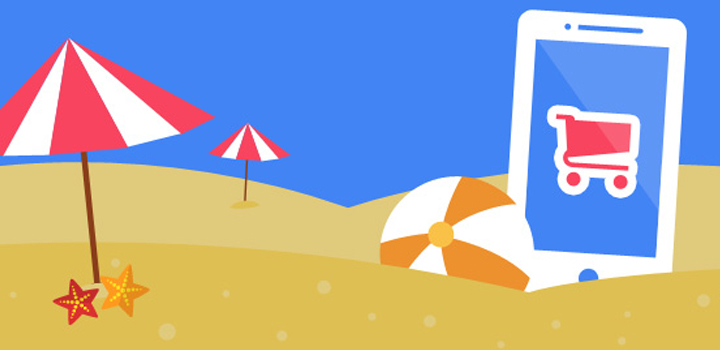
How to take advantage of the summer to optimize your e-commerce?
After the excitement of the first few weeks with the launch of the sales, the summer often represents a period of calm that is difficult to overcome for many e-traders.
Unless you sell summer and heat related items, it is natural to see a slowdown in your sales during the summer months. Consumers are more likely to travel and spend time outdoors, which takes their attention away from online shopping.
Globally, July is the least profitable month for e-commerce, with a drop of more than 30% in sales compared to the peak month of December.
It is often not until the end of August/beginning of September that your customers return to school or work.
However, do not be passive. Instead, try to minimize this slowdown! Take advantage of the summer to optimize your e-commerce site by testing new strategies and tactics, preparing for the next quarter and the return of your customers from vacation.
11 e-commerce tips for the summer
1 – Participate in trade shows and/or training
Why not take advantage of this lull to train? This is a good time to attend professional conferences and trade shows related to e-commerce.
For example, you may want to consider registering for Paris Retail Week (September 28-30, 2021) or Ecommerce Connect (June 30, 2021), two highlight events for the e-commerce community.
This will be an opportunity :
- develop relationships with new customers and business partners;
- update you on best practices and online business strategies.
2 – Be seasonal
According to a study, 93% of consumers consider visual appearance to be the most important factor in making a purchase decision. And they are much more likely to engage with brands and companies that regularly update their e-commerce site to keep up with seasonal trends.
As with a physical store, it is especially important that the look and feel of your website and marketing campaigns align with the mood of your customers. If you walk into a clothing store in the middle of summer and find only dark colors and coats, you will be totally confused. The same goes for your e-commerce and marketing campaigns. The design and products featured should match the theme you are focusing on.
Of course, there is no question of carrying out a complete overhaul of your e-commerce in the summer. To get your site in line with the summer mood, you can simply update your images and your front page products. Don’t skimp on bright colors, sunshine, pool, beach and ice cream images so your customers clearly understand that your site has been modified for summer.
It is also very easy to implement seasonal pop-ups on your e-commerce.
These few changes will help you match your website to the season, boost buyer engagement and convert more sales without the dreaded development time you would normally spend.
3 – Be active on social networks
In summer, the importance of social networks increases: the average time spent by people on social networks increases by about 20% during the summer season.
So take a social approach when designing your summer communication campaigns.
Instagram, for example, is a great channel to use during the summer, as the trend is to share your travel, beach or sunset photos via your smartphone.
The only rule to follow? Be fun and engaging!
- Create content that connects your brand to summer;
- Capture the “holiday” mood with visuals and messages related to travel and warmth;
- Post offers on your summer-related products;
- Use seasonal hashtags.
Keep in mind that it is useless to launch a social campaign like #shareyoursummerpics in order to drive visitors to your website or landing page that is not in the colours of summer. Your visitors might think they have landed in the wrong place.
Also, take the time to make sure you are posting during peak hours. Is your target more active later in the day? You can check this out by using tools like Facebook Insights, Twitter Analytics and Followerwonk to ensure you capitalize on these trend changes over the summer.
4 – Experiment with A / B tests
Summer is also a good time to re-evaluate your checkout and shopping cart process.
Consider all elements of your checkout process separately and test new layouts and configurations to see what drives the most conversions and higher average carts.
Some easy tests involve swapping the colors, sizes and shapes of your call-to-action buttons.
5 – Review your PPC campaigns
The management of a successful SEA campaign relies on constant testing, monitoring and updating of ads. If you have time this summer, why not spend it researching new keywords and developing optimized Google Ads and landing pages?
Discover also our 16 tips for optimizing a landing page
Also, as the days get longer, your customers will spend more evenings outside. So you may want to consider expanding your PPC campaigns and testing your increased spend at later times.
6 – Prepare your marketing campaigns
It’s never too early to start preparing to optimize your marketing campaigns. In addition to the campaigns targeting the summer holidays, think about the campaigns you will implement from September onwards.
Once you have set a clear goal for your campaign, start by preparing the catalogue of products you want to sell and the “message” around which your campaign will revolve.
Then start segmenting your database, creating landing pages that target your audience, as well as banners and content for your different channels, which you will include in your marketing emails.
Also, take the opportunity to check that your marketing campaigns are targeting the right segment, and that your platform can withstand a potential increase in traffic.
7 – Target new markets
Have you considered targeting other geographical areas than those you currently sell in?
You probably have a pool of potential customers in Brazil, India, China or South Korea, and it may be worth considering catering to their buying needs. Take advantage of the time you can devote to your e-commerce in summer to localize the language, currencies, payment methods or prices in these new markets.
To optimize your e-commerce, the summer is also an opportunity to find new suppliers to enrich your catalog. In many parts of Europe, August is not the ideal time to look for new suppliers, as many companies close or take their holidays. It’s the perfect opportunity to look further ahead.
In the Philippines, Thailand or China, the summer vacation periods are shorter. America and Canada also take shorter holidays during the summer season. Canadians only have 10 days of annual leave and Americans usually have 15 days.
To identify and contact new suppliers in these countries, use the Internet! Some marketplaces are specialized B2B or bring suppliers together. The famous Asian marketplace, Alibaba, for example, can help you search for new products and their suppliers through their vast network.
Above all, make sure you check the reliability of your potential supplier: contact details, telephone, address, distribution licence, European certificates of conformity, etc.
You can also compare a few potential suppliers to make sure you have selected the right one for your business. Compare prices, product quality, payment terms and any other services provided.
Finally, as with any new supplier, check:
- guarantees ;
- payment of the delivery ;
- tariffs ;
- exchange rates ;
- responsibilities in case of legal problems, etc.
8 – Update your product pages
A tip that will help you in the short and long term? Make the most of the downtime that summer represents for e-commerce by optimizing your product pages:
- Refine your product titles and descriptions, strategically integrating your keywords for SEO. You can also consider targeting seasonal keywords, part of the summer lexical field. Let’s say for example that you sell dresses. Summer is wedding season. The bride and groom, bridesmaids and guests will be looking for products for the wedding. So you can target keywords such as “hot weather wedding dress”. Do a keyword search to identify the most relevant ones.
- Improve the quality of your images or create videos / tutorials to present your products;
- Add customer reviews to your product pages and/or encourage your customers to leave reviews;
- Add a “Complementary Products” section to your product pages, including product recommendations.
These optimizations will facilitate your visitors’ purchasing decisions. The better your products are described and represented, the better they will sell.
9 – Create product collections
It’s easier for visitors to find what they’re looking for if you create specific product collections. The goal of this strategy is to simplify their decision making by making it easier for them to buy.
For example, you can create seasonal collections, a collection of similar items, or shopping guides.
Then, draw attention to your product collections with emails and call-to-action (CTA) pop-ups to drive traffic directly to those specific pages.
10 – Create new content
Seasonal content is a great way to become part of your customers’ daily lives. Some brands have built their entire marketing strategy on how their products relate to the seasons.
A simple way to tap into seasonal trends is to consider what people do during the summer and what goods they need.
You’ll soon realize that there’s no shortage of topics in the summer: music festival style guides, barbecue recipes, wedding or graduation gift ideas… Your summer content is limited only by your imagination and your product line!
The only constraint is to stay true to the spirit of your brand and address topics relevant to your industry.
Here are some forms of content you might consider creating:
- Newsletters ;
- Explanatory videos on how to use your products;
- Trend guides and lookbooks ;
- Buying guide ;
- Inspiration list.
- Blog posts.
11 – Set up a contest
There are few ways to increase engagement and conversion as effectively as a contest.
During the summer, running a competition is a real opportunity to continue to drive traffic to your e-commerce site, but also to sell your excess stock.
Online shoppers are especially likely to enter a contest when they have a chance to win something of value. Therefore, offer them the opportunity to win a product, a voucher or an interesting article by simply entering their email address.
This will allow you to quickly create a mailing list that you can use in the coming months.
In short, don’t get bogged down in the summer e-commerce slump! There are many things you can do to re-energize your marketing and sales to prepare for the busiest times.

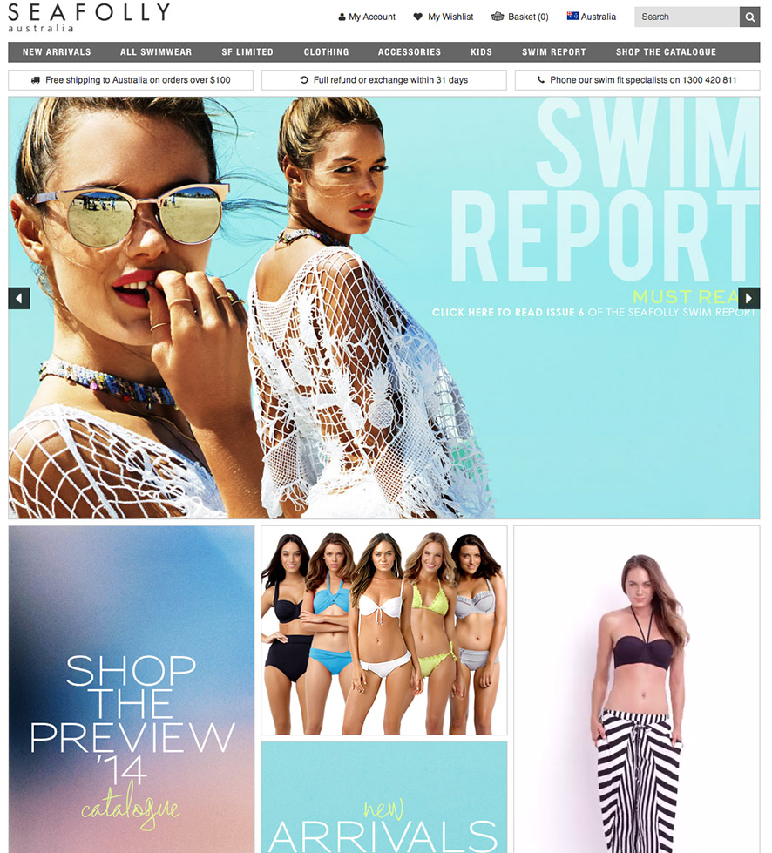
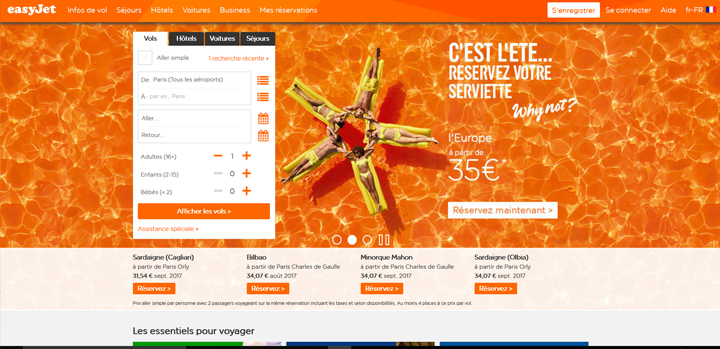
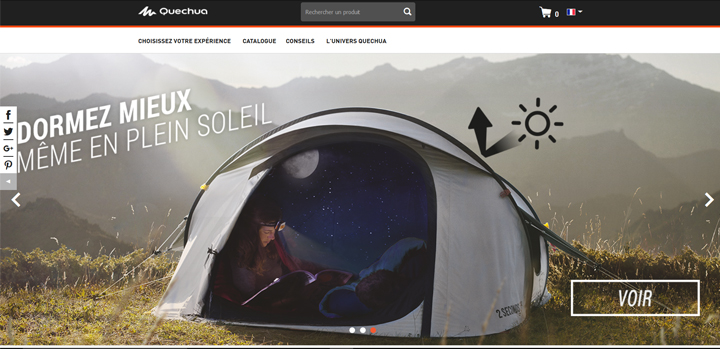
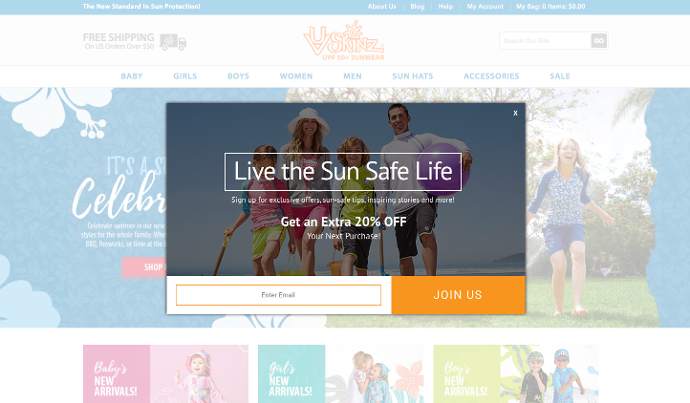
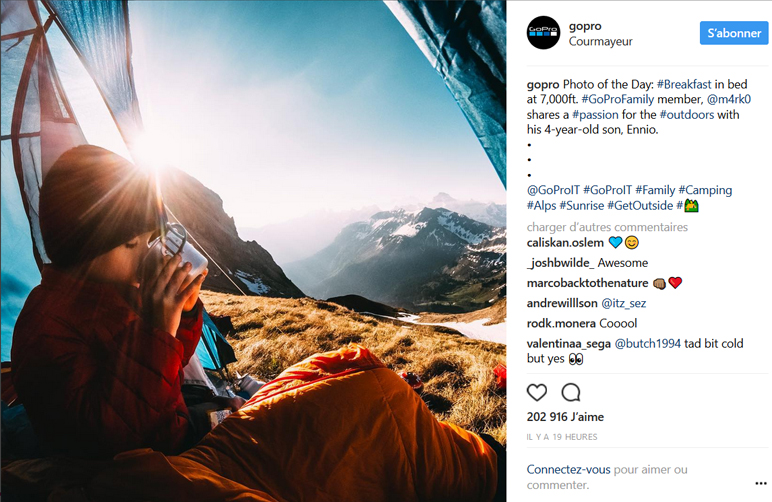
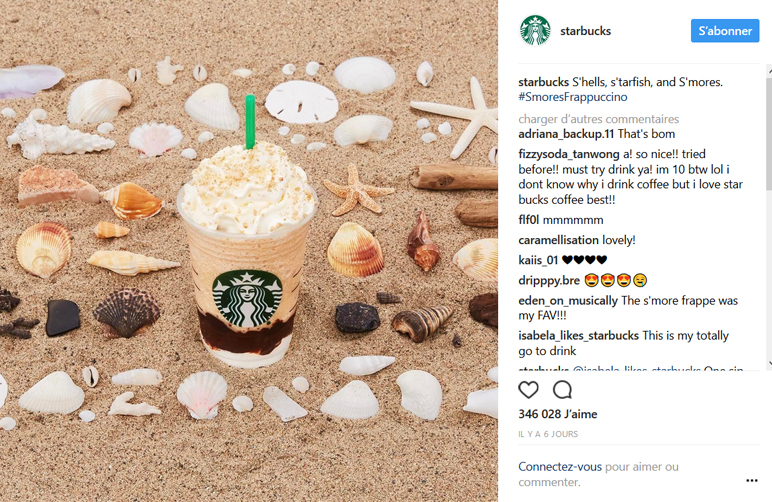
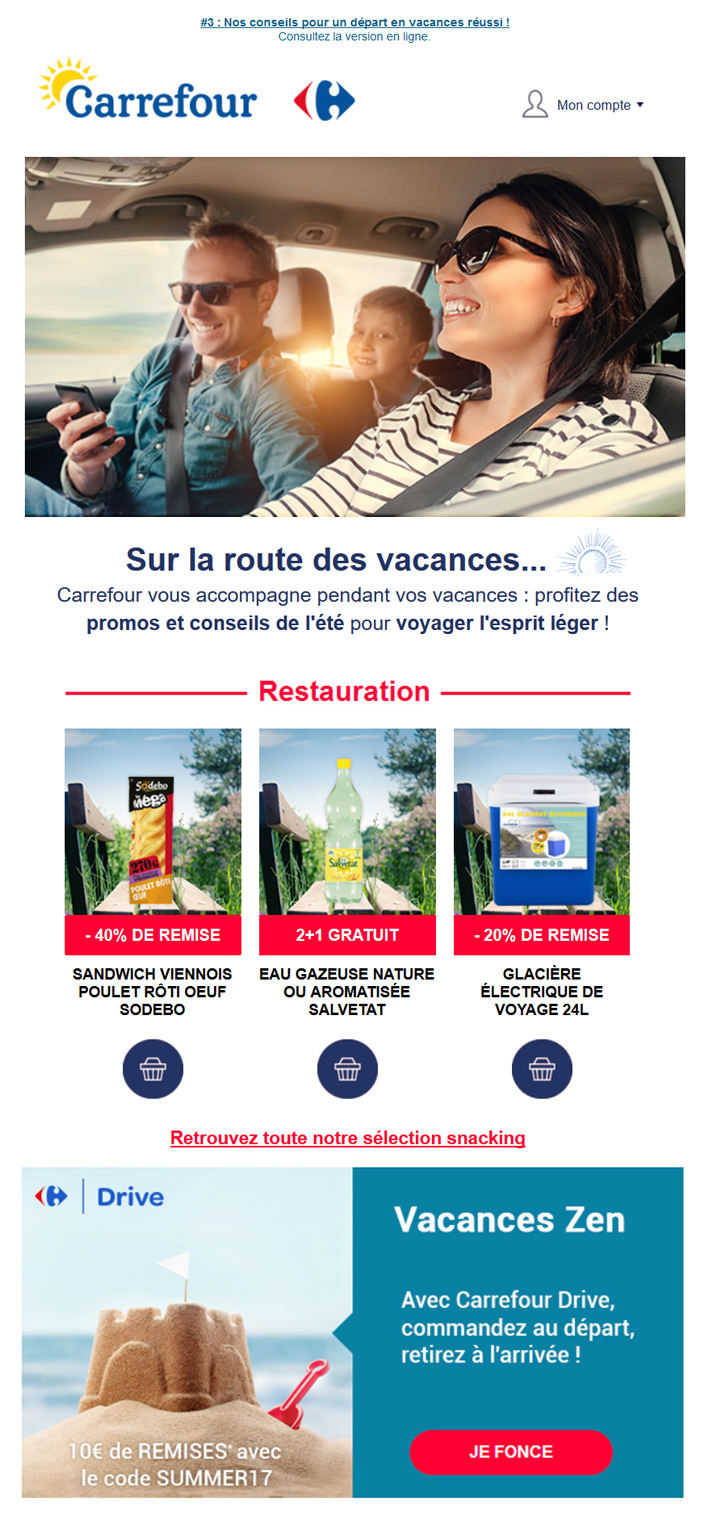
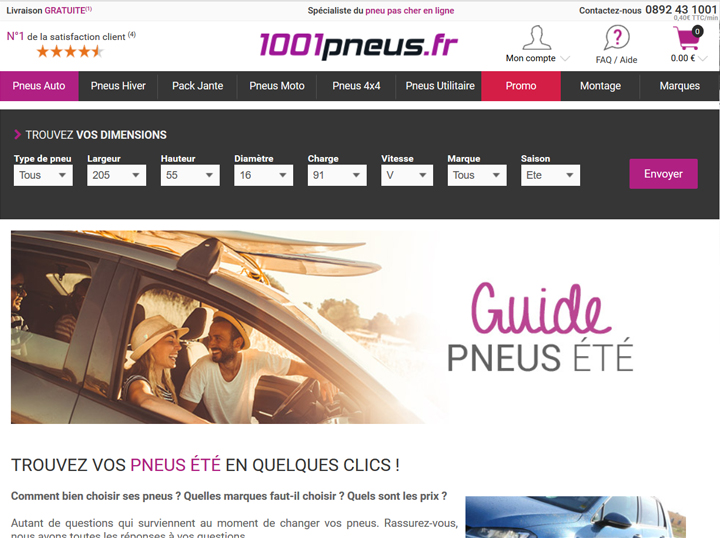
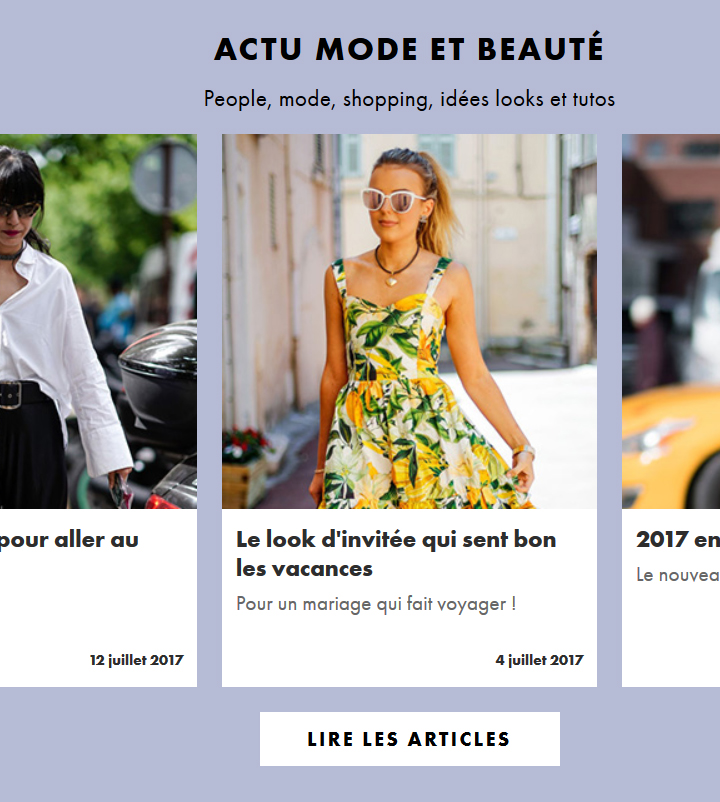
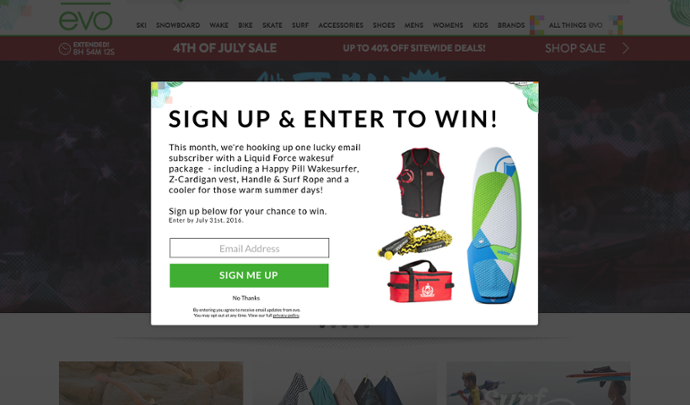
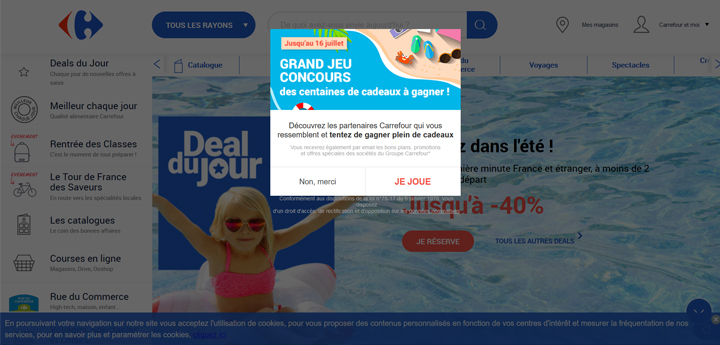








Leave a Reply
You must be logged in to post a comment.